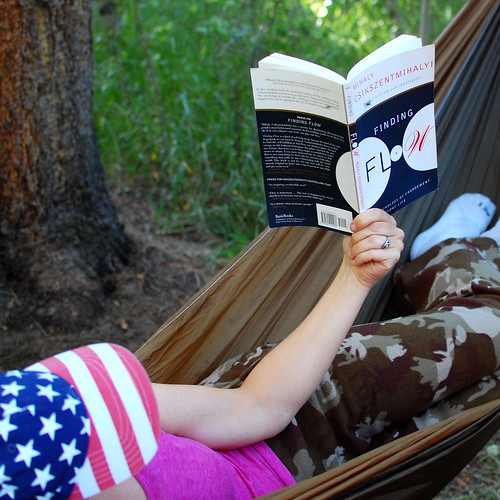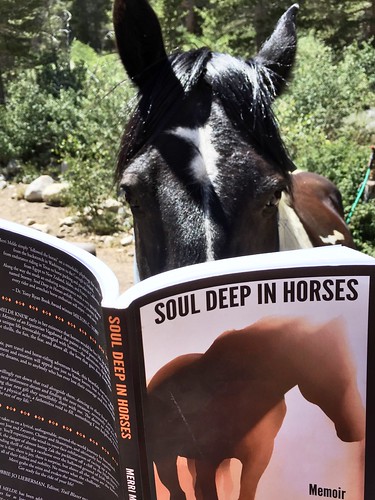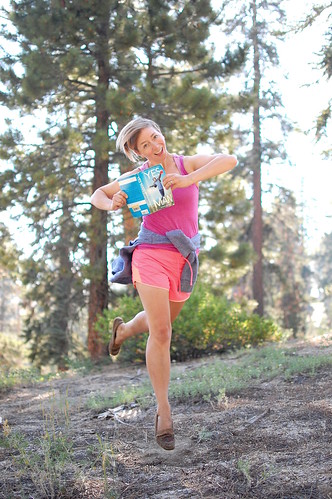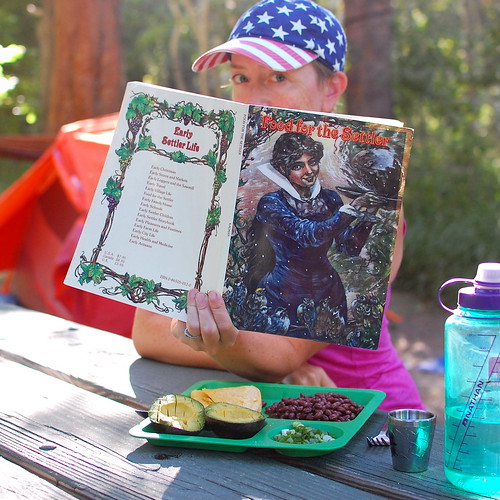
Ironically, those that most need to read self help books are the ones least likely to do so. I speak from experience. For nearly the first forty years of my life, I was sure the genre was for neurotic, lonely, losers. When I caught an acquaintance or friend with a self help book, I was ashamed for them. That person must be weak and broken. I was strong and whole. I didn’t need that hokum.
My aversion to the (now called) self improvement genre began to crumble when I started listening to podcasts. As my subscription list grew, I was sneakily introduced to new models of thinking about all aspects of health: physical, mental, emotional, and spiritual. Through others’ stories and advice offered, I became more introspective. I started considering my own emotional reactions from a different point of view. I took a closer look at how my values align with my actions. What is really driving the decisions I make? How can I live a more fulfilling life?
This sort of introspection can be painful. I think that’s why I avoided anything remotely smacking of “self help” for so long. It can be devastating to take a close look at one’s self and realize that one’s foundational beliefs are wrong or harmful. But once you’re over that hump, self improvement is a fascinating and addicting activity. (And it certainly can go too far into the navel-gazing realm. All things in moderation.)
Those that would most benefit from
Finding Flow: the psychology of engagement with everyday life have a double hurdle to overcome. First, it’s a self help book. Second, it requires quite a bit of concentration to read this dry book about the value of concentration. If you don’t already have some flow in your life, you’d probably rather watch The Kardashians. But those interested in self improvement who value flow activities (like myself), will have no trouble getting through it.
Highlights of
Finding Flow:
Flow is a “sense of effortless action.” “Athletes refer to it as ‘being in the zone,” religious mystics as being in ‘ecstasy,’ artists and musicians as aesthetic rapture.” Flow experiences have common characteristics of high challenge requiring high skill (and thus high concentration).
US teens and adults spend their time as follows:
Productive activities (Total: 24-60%)
20-45% Working or studying
4-15% Talking, eating, daydreaming while at work
Maintenance activities (Total: 20-42%)
8-22% Housework
3-5% Eating
3-6% Grooming
6-9% Transportation
Leisure Activities (Total: 20-43%)
9-13% Media (TV and reading)
4-13% Hobbies, sport, movies, restaurants
4-12% Talking, socializing
3-5% Idling, resting
Beyond the poverty threshold, more money does not equal more happiness.
“The quality of life does not depend on happiness alone, but also on what one does to be happy.”
“Without dreams, without risks, only a semblance of living can be achieved”
We experience flow when engaged in the following activities: working/studying, driving, talking/socializing/sex. We experience the most flow when engaged in hobbies and sports. We experience the least flow when doing housework or watching TV.
I was especially intrigued by the author’s explanation of how talking and socializing are flow activities. Even as an introvert, I find flow (if not energy) in these activities and this has puzzled me. This is because interacting (well) with others requires a high degree of skill and concentration. I have found that the more invested I am in an interaction with someone, the more I enjoy it and the more it becomes a flow activity. I overcome my own introversion by approaching social interactions as a game of skill. (A game in which all participants can win!)
Reading is as low on flow as TV, if the book is unchallenging. The author has a very low opinion of formulaic fiction books like romances and mysteries. Conversely, I don’t think TV watching is necessarily low flow, if one chooses a program that engages the mind and one is completely focused on it.
Active leisure (skilled hobbies) is the historic source of human scientific and artistic accomplishments. Gregory Mendel, Ben Franklin, and Emily Dickinson produced their bodies of work during their free time, before their fields became professionalized. Americans have lost this tradition of active leisure. “To make the best use of free time, one needs to devote as much ingenuity and attention to it as one would to one’s job.”
Regarding work: “In terms of the bottom line of one’s life, it is always a better deal to do something one feels good about than something that may make us materially comfortable but emotionally miserable.”
The biggest flaw in the book, besides the rather dry writing, is that the author doesn’t present a compelling case to find flow. In his research, flow never equalled happiness. It didn’t equal
unhappiness, either. He attempts to make a philosophical/moral case for flow in the last chapter, but I wasn’t convinced. In the end, I seek flow in my life for the sake of flow. It gives me a feeling of satisfaction. Personally, I take satisfaction over happiness or heaven any day.
If you’re interested in living a more satisfying, flow-driven life, I recommend giving this book a spin. Chapter eight, The Autotelic Personality, will inspire you to find reward in the experience of all your life activities, including housework, to fill your days with flow. You’ll find a new disdain for TV (although some rest and recovery in life is required, like staring idly at the sky while swinging in one's hammock) and an increased desire for productivity.
Of course, if you think self help is for sissies, just give this one a pass.
Csikszentmihalyi, M. (1997).
Finding Flow: the psychology of engagement with everyday life. New York, NY: BasicBooks.






